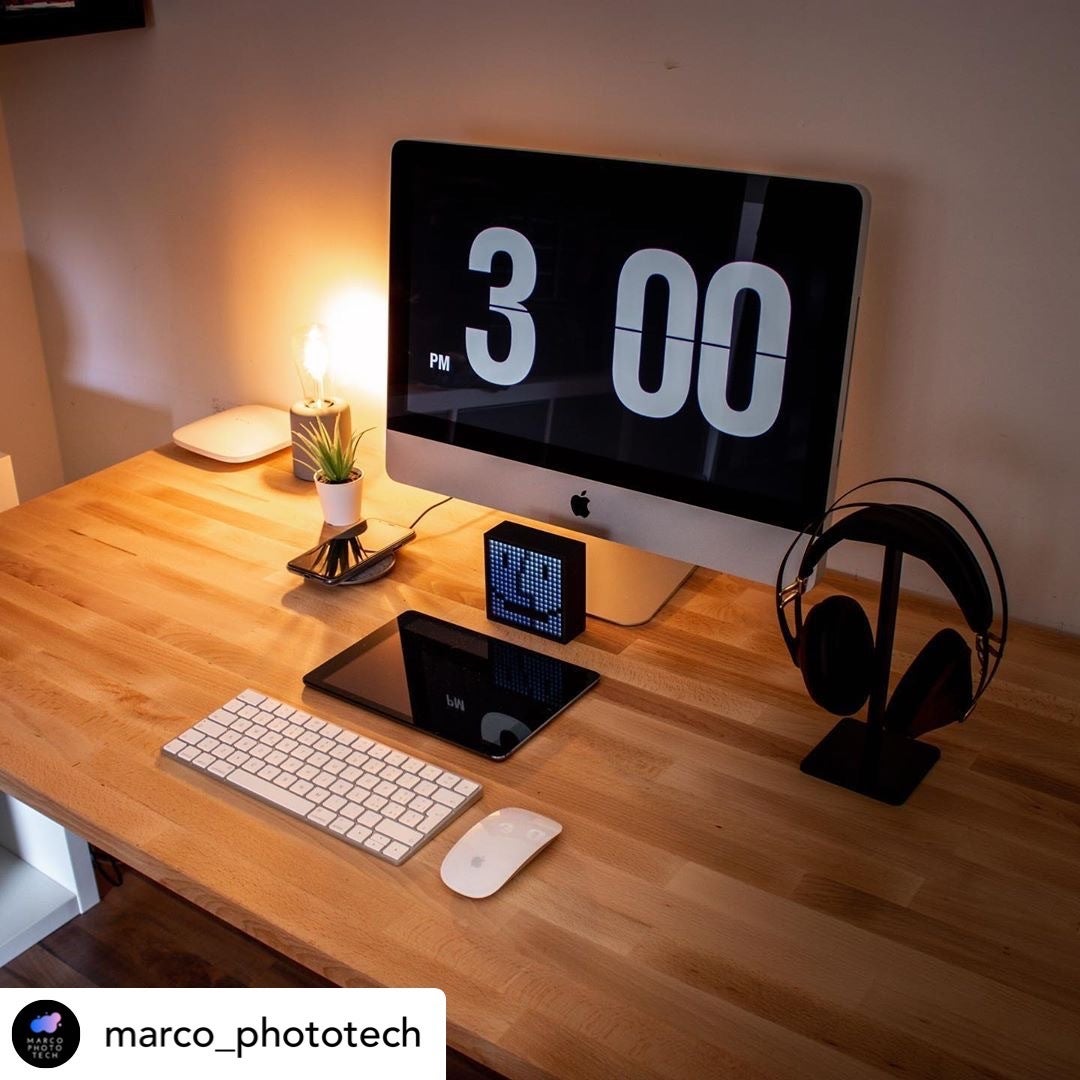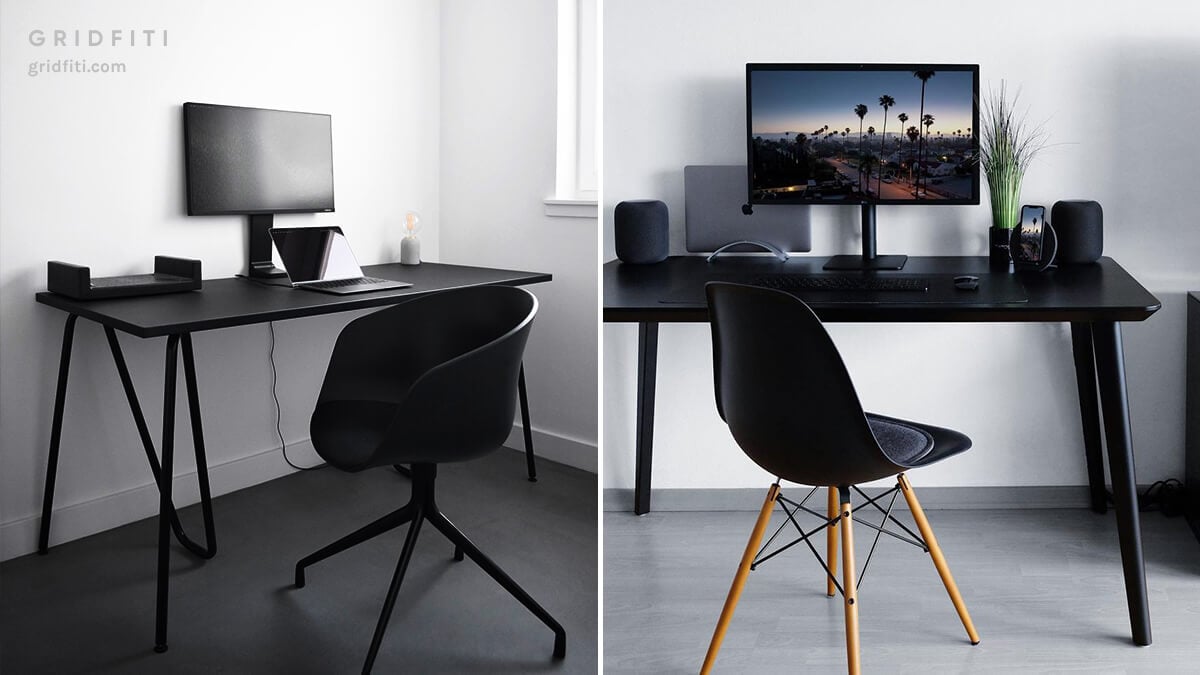
Using a measuring tape, measure diagonally to see if you have the exact measurement from corner to corner. Next, apply wood glue in the bottom joint, then place the bottom of the drawer. Just use a speed square to double-check the parts are squared as you’re tightening. Next, I’ll use a band clamp and tighten it to the drawer frame. Cut the plywood to fit in the drawer bottom. After doing a dry fit, and it all looks good, wood glue is applied to the joint. Sand the parts if you have to ensure they fit. As with the previous joint, I use a chisel to clean it up. Clamp the board down and remove the material so the drawer bottom can sit. I used the plow itself to set the thickness of the line. Line up the box and mark the inside for the drawer bottom. Instead of just two of the panels, we need to cut this in all four panels. Now we need to repeat this but in a different direction. Clean that up and use a square to double-check the wood that will sit in this joint will be squared.  Now I use a chisel to remove the parts that remain. The depth of the saw blade is set to 1/4in. Then I’ll carefully use the saw to remove materials as I go towards the plywood end. I’ll make the first pass on the line I drew. This way, I can run to saw along with that. Now I’ll connect the two pieces because I want to be efficient with these cuts. First, line up the box in the direction you want the parts to be in, then mark a line where the plywood intersects with each other. Of course, if you have the tools, you can use a table saw or router to do the same thing. Since I built this project with limited tools, I’ll use the circular saw to create a rabbit joint. I can fine-tune and adjust the desk as I have the drawer complete. I built the drawer first before making the desk. It is allowing the suspended desk to be anchored firmly. Now, I add additional support below, behind the location of the desk. If it’s mounted wrong, you can always unscrew it and reattach it.
Now I use a chisel to remove the parts that remain. The depth of the saw blade is set to 1/4in. Then I’ll carefully use the saw to remove materials as I go towards the plywood end. I’ll make the first pass on the line I drew. This way, I can run to saw along with that. Now I’ll connect the two pieces because I want to be efficient with these cuts. First, line up the box in the direction you want the parts to be in, then mark a line where the plywood intersects with each other. Of course, if you have the tools, you can use a table saw or router to do the same thing. Since I built this project with limited tools, I’ll use the circular saw to create a rabbit joint. I can fine-tune and adjust the desk as I have the drawer complete. I built the drawer first before making the desk. It is allowing the suspended desk to be anchored firmly. Now, I add additional support below, behind the location of the desk. If it’s mounted wrong, you can always unscrew it and reattach it. 
The French cleat has to go in a specific direction to work. Next, I attached the French cleat “the plywood with the miter in” I made sure the mitered side faces down.
I added a piece of plywood pinned to the top of the frame first, then secured that down. If you are looking to build this depending on your baseboard’s size, you can adjust the back panel. This is to ensure the back panel doesn’t interfere with any baseboard. One thing to keep an eye on is the large gap at the bottom. I screwed the strips into the plywood and added wood glue. It also gives depth, so the recessed outlet’s power cable doesn’t interfere, and it allowed me to use a French cleat system for a robust mounting option. It’s a resting area for the LED to wrap around. So, adding a framing on the back panel serves a few purposes. Obviously, you don’t want to see the LED strip, but you want the glow from the LED. One of the things that will make this desk stand out is by adding LEDs on the back panel. However, you can’t be too aggressive while pushing the device because it could cause damage to the edge band. 
This tool does a great job of cutting both sides at once. Next, you’ll need this edge band trim tool to remove the excess hangover.This is an iron-on edge band, so all you need is an iron to adhere to this. You only need to do this on three sides, the two sides and the top. I used edge band to cover up the layers of the plywood.That said, check out the video to see how I made most of the cuts for this project using a circular saw. I understand not everyone has a garage or shop filled with tools. Though you can get some things cut at a box store, they will not cut all the parts for you more than likely. When it comes to cutting the lumber, there are many options available to do so.Now you can tuck those things you don’t want others to find in there. To access it you need to pull on the handle, and the false back gives away. That is not just any cubby, and if you take a closer look, there’s a secret compartment behind that false back. There is also an open cubby to store your laptop, notepad, IPad, or whatever else you want. The desk itself gives you a friendly workspace to be productive with a drawer for all your belongings and keeping a clean desk. The back is wrapped with an RGB LED strip fully changeable to set the mood. Although it’s wall-mounted, it’s relatively easy to disassemble and take to a new location. This is a 2-tone desk with a dark stained back panel and an all-white floating desk. It’s packed with functionality, and it’s space-friendly.

This DIY minimalist wall desk offers more than just style. You can take the steps I’ve used and create your own. In this post, I’ll show you how possible it is to achieve such a thing. Sure, there are many options on the market but finding a desk that meets your needs, wants, style and budget could undoubtedly be challenging. Building a do-it-yourself desk is not as difficult as it may seem.








 0 kommentar(er)
0 kommentar(er)
